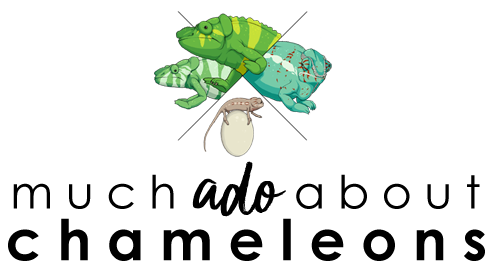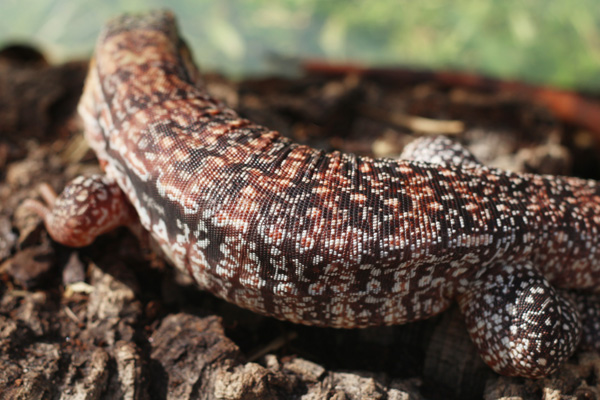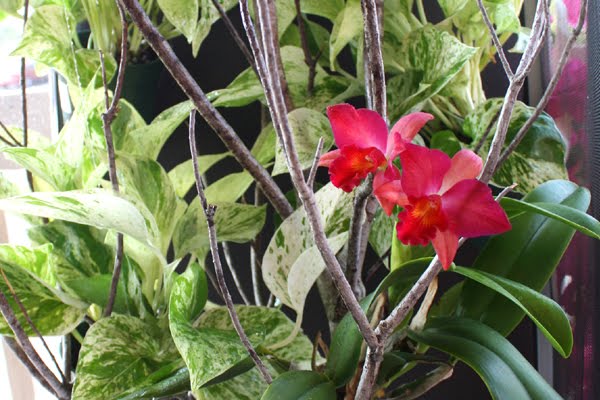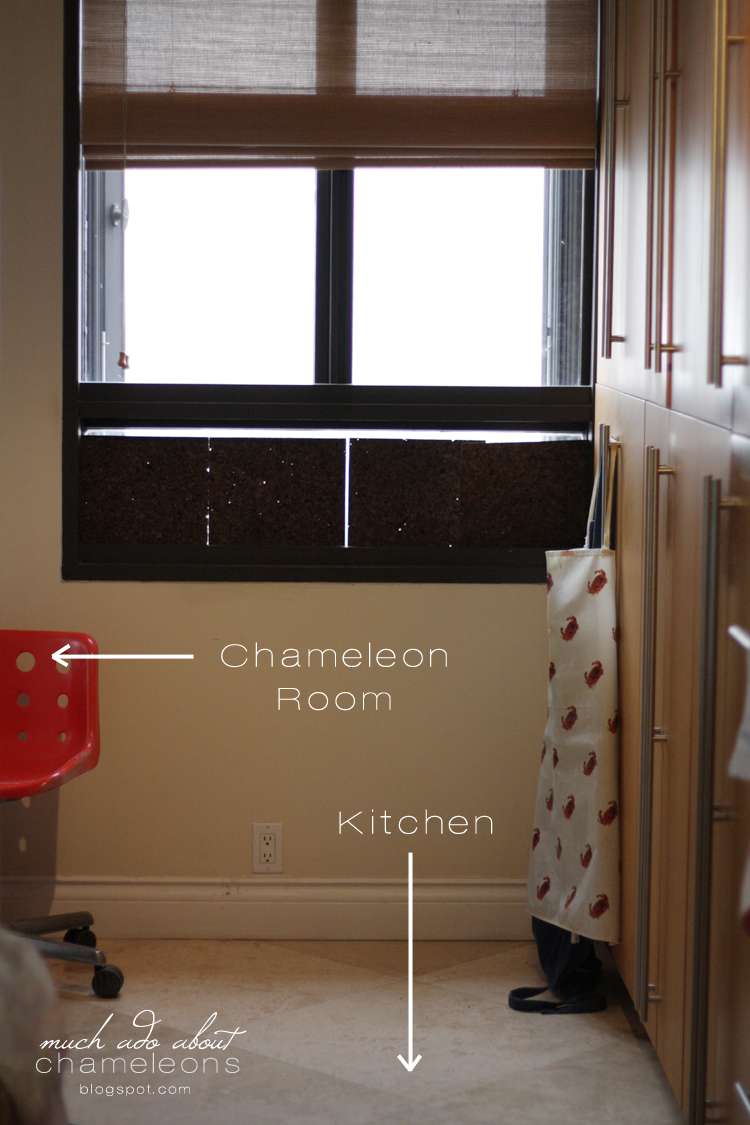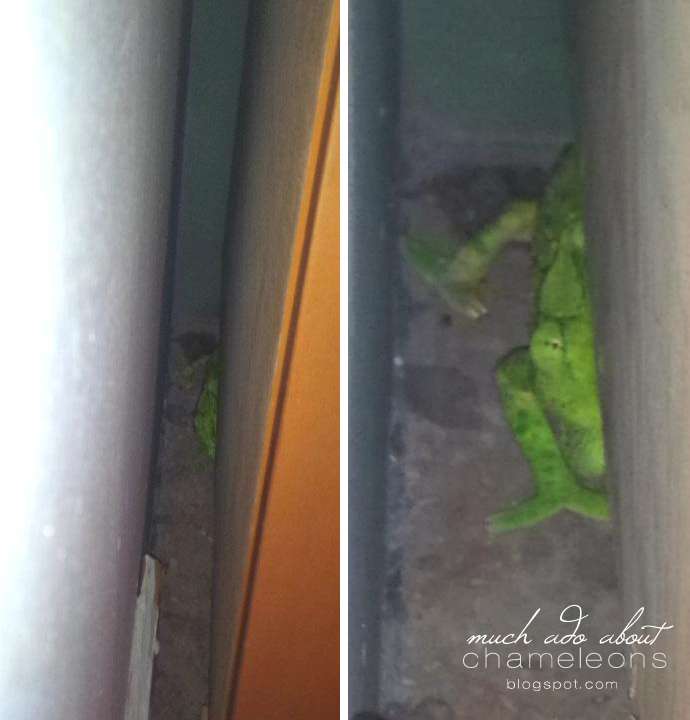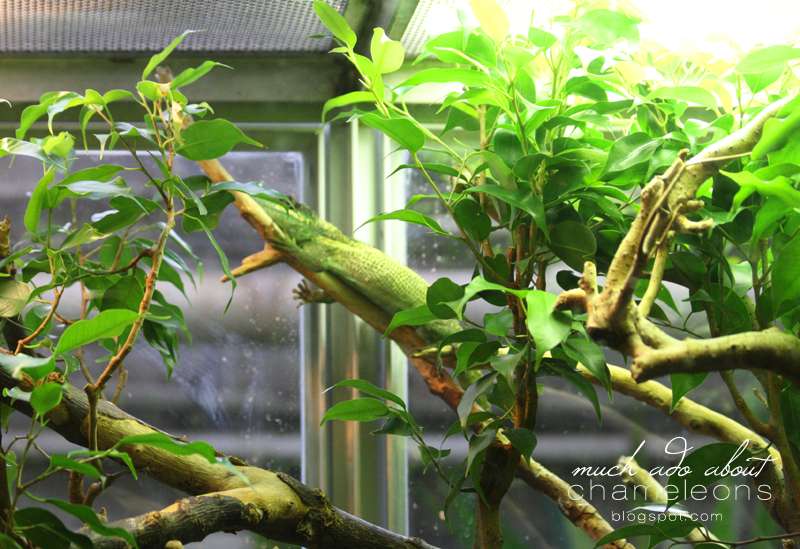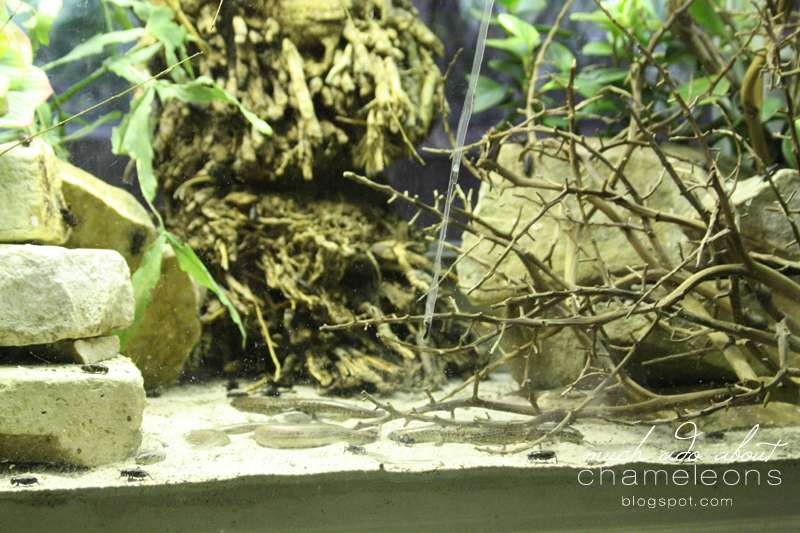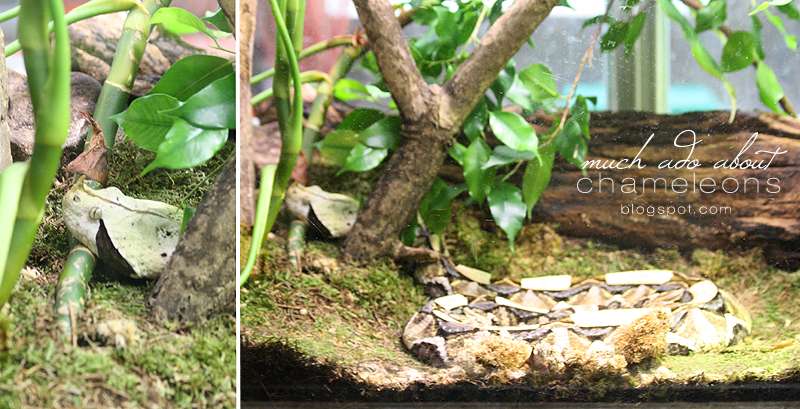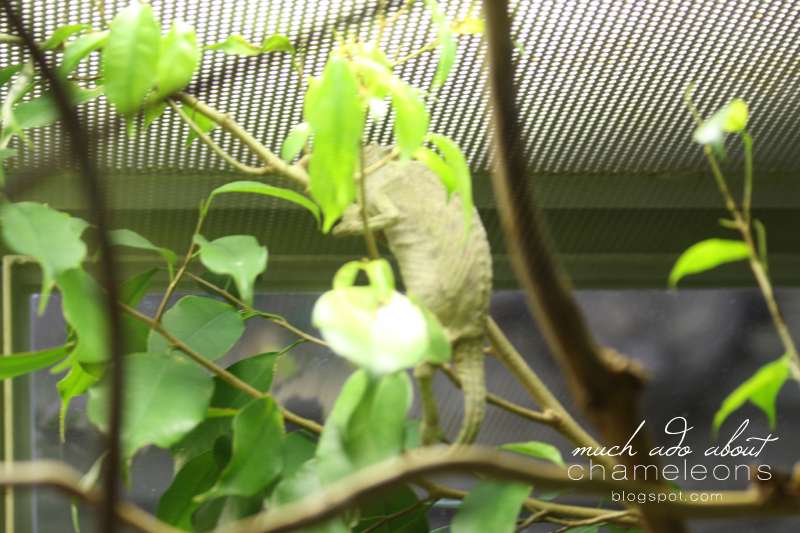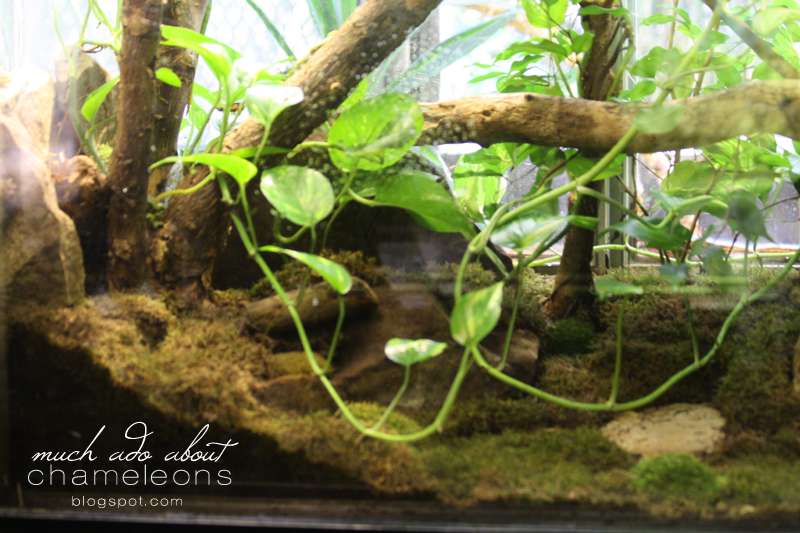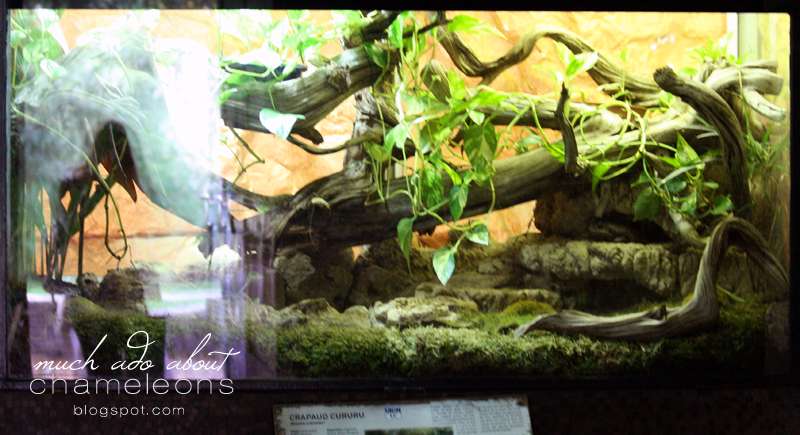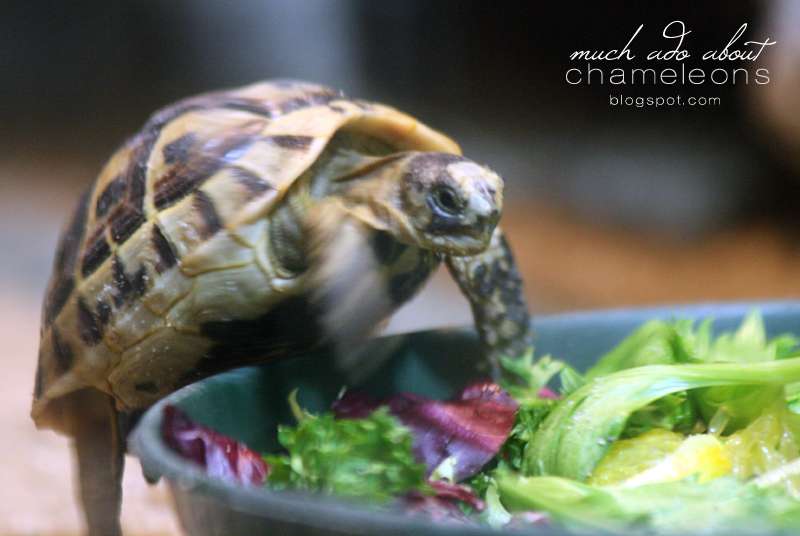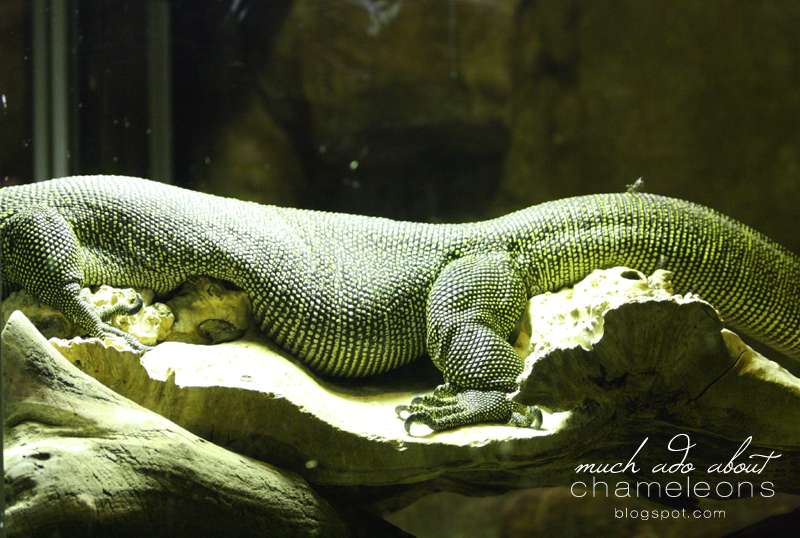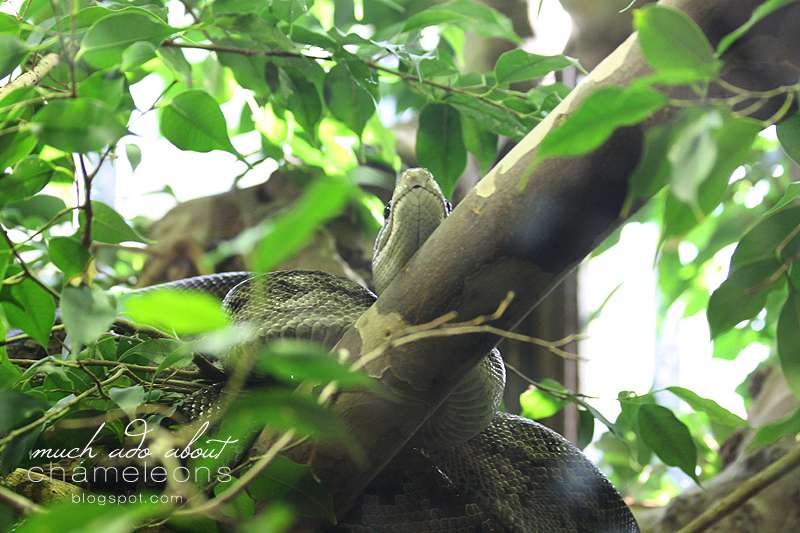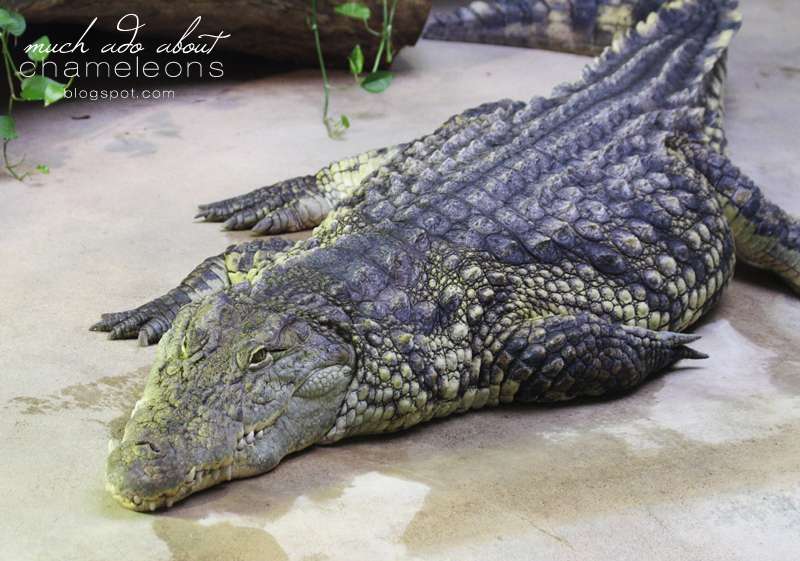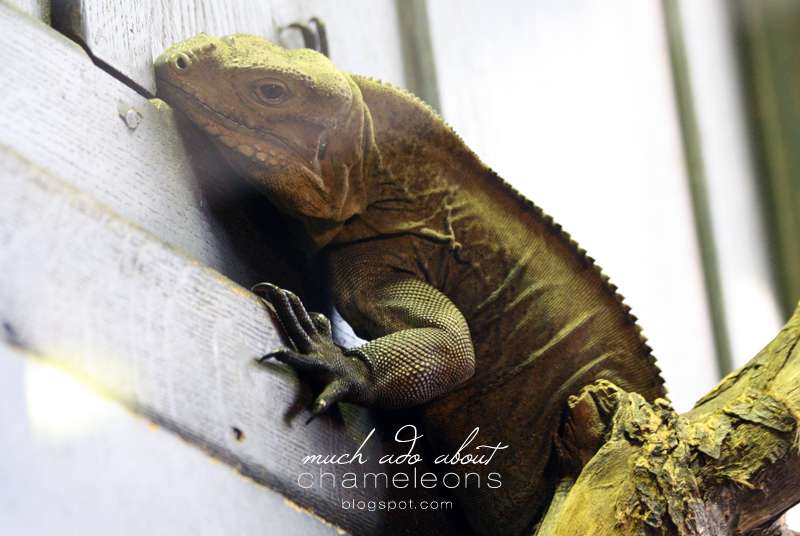I've written about free-ranging before in my other entry called Free-Ranging - The Risks & Benefits, but this past week I had an experience that really made me want to touch on the topic again.
 |
| The face of my trouble-maker, Thaddeus. A young, recent WC that has a strong drive to wander. |
A couple years ago I made the leap from screen cages to free-ranging all my chameleons (since I had a spare bedroom) and became pretty vocal about how much I was loving the experience. It seemed like my chameleons were growing larger (although they were getting substantially more outdoor, natural sunshine time as well), they were calmer around me, friendlier with each other, and seemed to display a fascinating array of behaviors I hadn't seen before. By all accounts, I was on the free-ranging fan train and wasn't about to get off any time soon.
But I did. I moved into a different apartment and started facing all sorts of health issues with my chameleons. After lots of testing we assumed it had to be something in the newly remodeled and repainted apartment, so I sold most of my chameleons and brought down the collection to just two, a male and female pair. And with just two, I decided to build them each a very large cage and just leave it at that. So I went back to caging after all - and I felt relieved. I didn't have to worry about stepping on them when I walked into the room, I didn't have to feel tense for the few seconds or moments it might take me to spot a chameleon that has left his free-range and is now hanging from my curtains, and I didn't have to worry about them fighting or succumbing to stress without me noticing the subtle warning signs. I was relieved, and I liked it.
But now with Meller's chameleons, a normal 4' tall screen cage isn't going to cut it. Each one needs about 5' wide x 6' tall x 4' deep, at least, and as soon as you have more than one chameleon having multiple cages that size in the livingroom starts becoming prohibitive. So I found myself going back to free-ranging, to help acclimate my WC chameleons and to prevent chin rub and lost toenails on the others. For months this set-up has been working great for us, until last week.
Tuesday night when I went to check in on my three Meller's they were all there, tucked away for the night. But on Wednesday morning, there were only two. I knew immediately my little wanderer, Thad, had managed to get down and was probably heading towards the bathroom or my bedroom, where he seems to always end up. But I couldn't find him in any of the usual spots, and I began to worry that maybe he'd found his way out a window and gotten out. By Wednesday night I had no sign of him, so I recruited my sister to search the bushes around our windows with flashlights when the sun went down. But still no luck.
The next morning I looked again, in case he had shifted from wherever he was hiding. Still no luck. I even went so far as to print out "lost chameleon" posters, just in case. But as I stood there, staring at the window I thought might have been his most likely place of escape, I noticed something that no one else in the house had ever noticed before, either - a gap between the wall and the kitchen cabinets.
I grabbed a flashlight, looked in, and I saw Thad's little eyes looking back at me from way back in the corner. We managed to fish him out, dusty and covered with dog hair, but no worse for wear. A good bask and a good shower and looked good as new. But it reminded me of how tedious it can be to manage free-ranging chameleons, especially when they aren't in a room with a door. They can get themselves in serious trouble (Thad could have potentially died there, too cold to move until he starved to death), find their way to dangerous pets (like cats), or escape from the house altogether.
Free-ranging is phenomenal if done correctly, with the proper safety precautions in place. But it takes more work, can be more stressful, and potentially more dangerous. You also have to work harder to provide a chameleon with everything he needs. That's why I don't think I'll be continuing with this method of housing once I move to my next home - I find the negatives outweigh the benefits.
